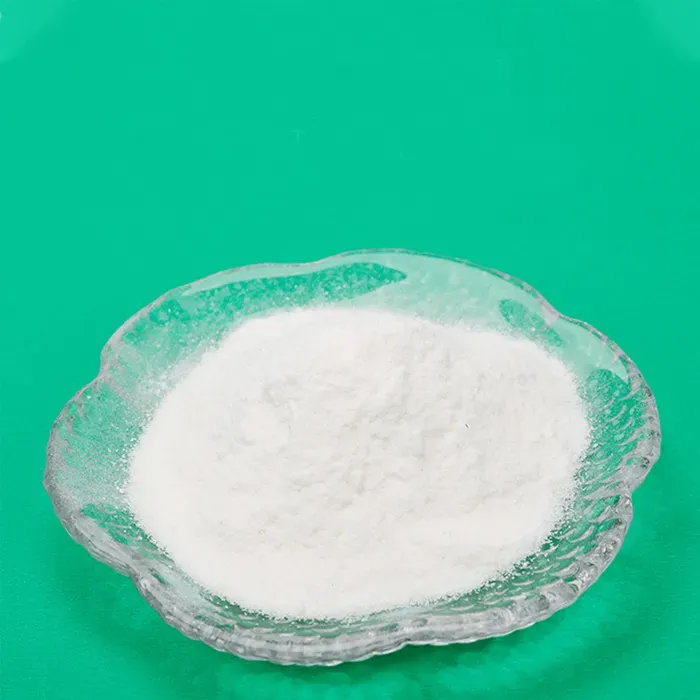Understanding Drug Product Intermediates Bridging the Gap in Pharmaceutical Manufacturing
In the complex world of pharmaceutical manufacturing, drug product intermediates play a crucial and often underappreciated role. They serve as the essential building blocks for various drug formulations, bridging the gap between raw materials and finished pharmaceutical products. Understanding the significance, production processes, and regulatory considerations of drug product intermediates is vital for stakeholders across the pharmaceutical industry.
Definition and Importance
Drug product intermediates are chemical compounds that are produced during the synthesis of a drug but are not the final medicinal product itself. These intermediates are pivotal in the drug development process as they often undergo further transformations to yield the active pharmaceutical ingredients (APIs) that comprise the bulk of the medication. The quality, stability, and consistency of these intermediates can significantly influence the efficacy and safety of the final product.
Intermediates can be categorized based on their role in the manufacturing process. Some are used as stepping stones in multi-step synthetic routes, while others may be formulated into finished dosage forms. The precise management of intermediates is crucial, as even minor variations can lead to significant changes in the final therapeutic outcomes.
Production Processes
The production of drug product intermediates typically involves several stages, including synthesis, purification, and characterization. Synthetic pathways may vary widely depending on the complexity of the target molecule and can often require sophisticated techniques, such as organic synthesis, biocatalysis, or chemical modifications.
Once synthesized, intermediates must undergo rigorous purification to eliminate impurities that could adversely affect the final product's quality. Techniques such as recrystallization, chromatography, and distillation are commonly employed to achieve the required purity standards.
Characterization of intermediates involves various analytical methods, including nuclear magnetic resonance (NMR) spectroscopy, mass spectrometry, and high-performance liquid chromatography (HPLC). These analytical tools are essential in confirming the identity, purity, and structural integrity of the intermediates, ensuring compliance with regulatory requirements.
drug product intermediate

Regulatory Considerations
Regulatory compliance is paramount in the production of drug product intermediates. Agencies such as the Food and Drug Administration (FDA) and the European Medicines Agency (EMA) have established strict guidelines governing the manufacturing practices of pharmaceutical intermediates. Compliance with the Good Manufacturing Practice (GMP) is essential to ensure product quality and safety.
Documentation and quality control measures must be meticulously maintained throughout the production process. This includes batch records, analytical testing results, and stability data, all of which contribute to a comprehensive assessment of the intermediates’ suitability for further processing into APIs.
In recent years, the increasing complexity of drug molecules and the rising demand for personalized medicine have put additional pressure on manufacturers to innovate and optimize their production processes for intermediates. This necessitates the continuous evaluation of regulatory pathways to ensure that they keep pace with advancements in biotechnology and pharmaceutical sciences.
Future Directions
As the pharmaceutical landscape continues to evolve, the role of drug product intermediates will likely expand in significance. The emergence of novel therapeutic modalities, such as gene therapies, biopharmaceuticals, and advanced drug delivery systems, will demand more sophisticated intermediary compounds and production techniques.
Furthermore, the global push for sustainability in manufacturing practices presents both challenges and opportunities in the production of drug product intermediates. The industry is starting to explore greener synthesis methods and waste reduction strategies, which could lead to more environmentally friendly manufacturing practices.
In conclusion, drug product intermediates are a vital component of the pharmaceutical manufacturing process that deserve greater recognition. Their role as precursors to essential API formulations cannot be understated. As the industry faces new challenges and opportunities, understanding and optimizing the production and regulatory frameworks surrounding drug product intermediates will be crucial in ensuring the continued delivery of safe and effective medications to patients around the world.

